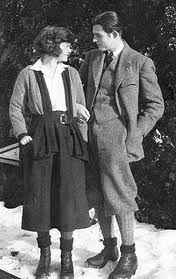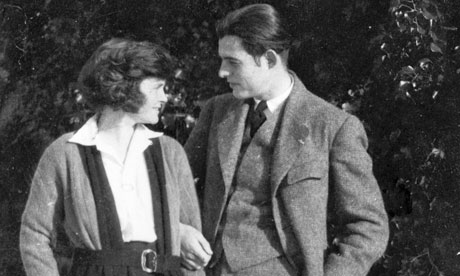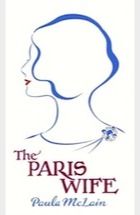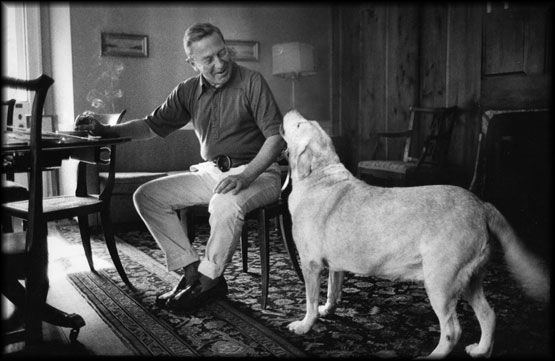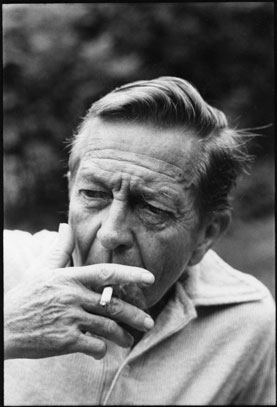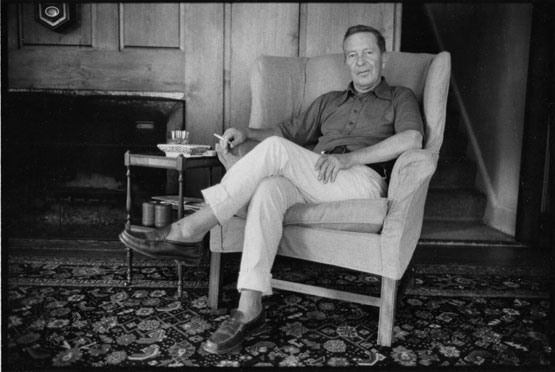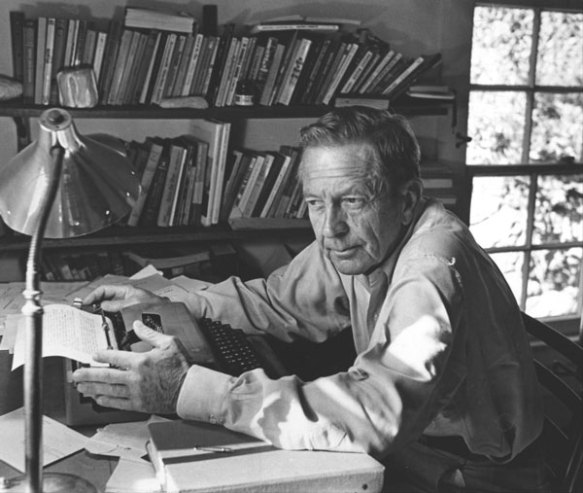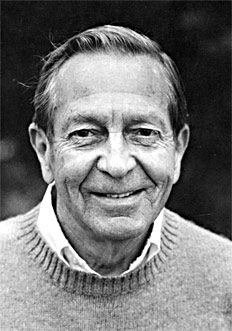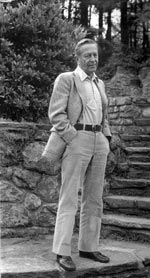Mrs. Hanson was a pretty, somewhat faded woman of forty, who sold corsets and girdles, travelling out of Chicago. For many years her territory had swung around through Toledo, Lima, Springfield, Columbus, Indianapolis, and Fort Wayne, and her transfer to the Iowa-Kansas-Missouri district was a promotion, for her firm was more strongly entrenched west of the Ohio.
Eastward, she had known her clientele chattily and had often been offered a drink or a cigarette in the buyer’s office after business was concluded. But she soon found that in her new district things were different. Not only was she never asked if she would like to smoke but several times her own inquiry as to whether anyone would mind was answered half apologetically with “It’s not that I mind, but it has a bad influence on the employees.”
“Oh, of course, I understand.”
Smoking meant a lot to her sometimes. She worked very hard and it had some ability to rest and relax her psychologically. She was a widow and she had no close relatives to write to in the evenings, and more than one moving picture a week hurt her eyes, so smoking had come to be an important punctuation mark in the long sentence of a day on the road.
The last week of her first trip on the new circuit found her in Kansas City. It was mid-August and she felt somewhat lonely among all her new contacts, so she was delighted to find at the outer desk of one firm a woman she had known in Chicago. She sat down before having herself announced and in the course of the conversation found out a little about the man she was going to see.
“Will he mind if I smoke?”
“What? My God, yes!” her friend said. “He’s given money to support the law against it.”
“Oh. Well, I’m grateful for the advice—more than grateful.”
“You better watch it everywhere around here,” her friend said. “Especially with the men over fifty. The ones who weren’t in the war. A man told me that nobody who was in the war would ever object to anyone smoking.”
But at her very next stop Mrs. Hanson ran into the exception. He seemed a pleasant young man but his eyes fixed with so much fascination on the cigarette that she was tapping on her thumbnail that she put it away. She was rewarded when he asked her to lunch and during the hour she obtained a considerable order.
Afterward, he insisted on driving her to her next appointment, though she had intended to spot a hotel in the vicinity and take a few puffs in the washroom.
It was one of those days full of waiting—everyone was busy, was late, and it seemed that when the clients did appear they were the sort of hatchet-faced men who did not like other people’s self-indulgence, or they were women willingly or unwillingly committed to the ideas of these men.
She would say, “We think we cover a different field. It’s all rubber and canvas, of course, but we do manage to put them together in a different way. A thirty-per-cent increase in national advertising in one year tells its own story.”She hadn’t smoked since breakfast and she suddenly realized that that was why she felt a vague dissatisfaction at the end of each call, no matter how successful it had been in a business way.
And to herself she was thinking, If I could just get three puffs I could sell old-fashioned whalebone.
She had one more store to visit now but her appointment was not for half an hour. That was just time to go to her hotel but, as there was no taxi in sight, she walked along the street, thinking, Perhaps I ought to give up cigarettes. I’m getting to be a drug fiend.
Before her, she saw the Catholic cathedral. It seemed very tall, and suddenly she had an inspiration: if so much incense had gone up in the spires to God, a little smoke in the vestibule would make no difference. How could the Good Lord care if a tired woman took a few puffs in the vestibule?
Nevertheless, though she was not a Catholic, the thought offended her. Was it so important that she have her cigarette, when it might offend a lot of other people, too?
Still. He wouldn’t mind, she thought persistently. In His days, they hadn’t even discovered tobacco. . . .
She went into the church; the vestibule was dark, and she felt for a match in the bag she carried but there weren’t any.
I’ll go and get a light from one of their candles, she thought.
The darkness of the nave was broken only by a splash of light in one corner. She walked up the aisle toward the white blur, and found that it was not made by candles and, in any case, it was about to go out—an old man was on the point of extinguishing a last oil lamp.
“These are votive offerings,” he said. “We put them out at night. We think it means more to the people who give them to save them for next day than it would to keep them burning all night.”
“I see.”
He struck out the last one. There was no light left in the cathedral now, save an electric chandelier high overhead and the ever-burning lamp in front of the Sacrament.
“Good night,” the sexton said.
“Good night.”
“I guess you came here to pray.”
“Yes, I did.”
He went out into the sacristy. Mrs. Hanson knelt down and prayed.
It had been a long time since she had prayed. She scarcely knew what to pray for, so she prayed for her employer, and for the clients in Des Moines and Kansas City. When she had finished praying, she knelt up. An image of the Madonna gazed down upon her from a niche, six feet above her head.
Vaguely she regarded it. Then she got up from her knees and sank back wearily in the corner of the pew. In her imagination, the Virgin came down, like in the play “The Miracle,” and took her place and sold corsets and girdles for her and was tired, just as she was. Then for a few minutes Mrs. Hanson must have slept.
She awoke at the realization that something had changed, and gradually she perceived that there was a familiar scent that was not incense in the air and that her fingers smarted. Then she realized that the cigarette she held in her hand was alight—was burning.
Still too drowsy to think, she took a puff to keep the flame alive. Then she looked up at the Madonna’s vague niche in the half-darkness.
“Thank you for the light,” she said.
That didn’t seem quite enough, so she got down on her knees, the smoke twisting up from the cigarette between her fingers.
“Thank you very much for the light,” she said.
—1936



